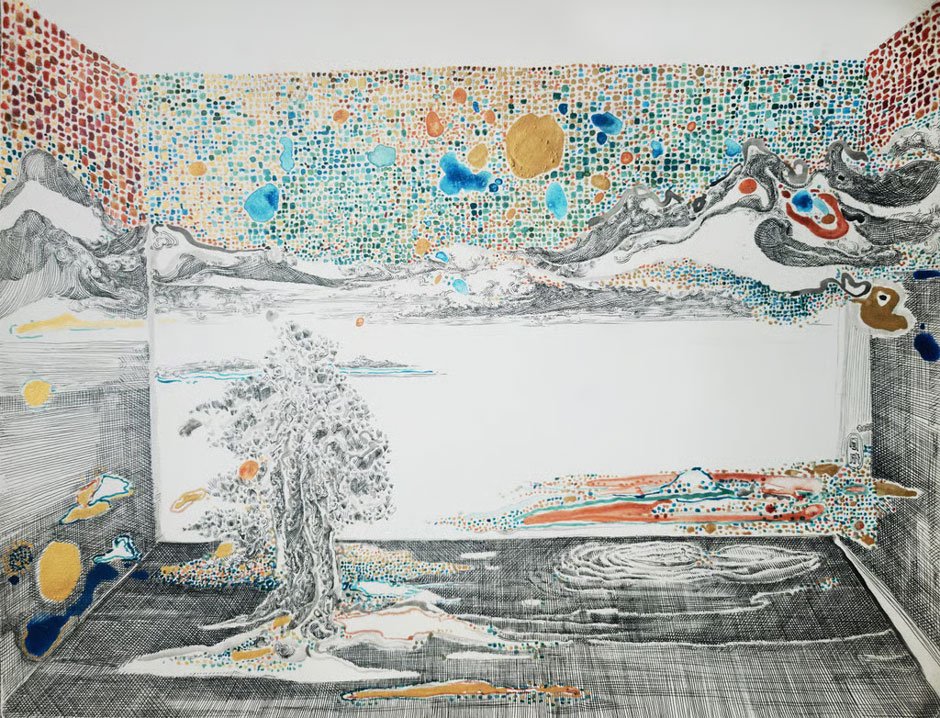Introduction
Painting has always been more than a creative expression—it’s a language of the soul, a historical document, and a form of emotional release. In 2025, this timeless art form is experiencing a fascinating evolution. From digital brushes to AI-generated masterpieces and sustainable materials, painting today bridges classical traditions with cutting-edge innovation.
This article dives into the modern painting landscape, exploring new techniques, trends, and what makes this ancient art form more relevant than ever.
1. Painting Beyond the Canvas: Digital Meets Traditional
In today’s world, artists are no longer limited to oil, acrylic, or watercolor. Digital painting tools like Procreate, Adobe Fresco, and AI art generators have expanded the boundaries of the medium. While traditional painting remains beloved, many artists now work in hybrid formats—sketching by hand, then refining digitally.
Insight: The rise of NFTs has also turned digital painting into a viable income stream for artists worldwide, with collectors investing in virtual canvases.
2. Eco-Friendly Painting: Art With a Conscience
Sustainability is influencing every industry, and painting is no exception. In 2025, eco-conscious artists are ditching synthetic paints for plant-based pigments, natural binders, and biodegradable canvases. This movement not only reduces environmental impact but also revives ancient painting traditions using earth-based materials.
What to Try: Experiment with homemade watercolors using turmeric, beetroot, or charcoal—you’ll be surprised by the results.
3. Emotional Expression and Mental Health
Painting is increasingly recognized as a therapeutic outlet. From art therapy in clinical settings to personal journaling through abstract strokes, painting allows people to process emotions without words. In the post-pandemic world, this role of painting as a tool for healing has grown tremendously.
Trend: Abstract expressionism and intuitive painting styles are gaining popularity as people seek emotional release over perfection.
4. AI and Painting: Collaborator or Competitor?
AI-generated art has sparked both excitement and controversy. While machines can now mimic Van Gogh or create entirely new styles, many believe the human touch—its flaws, intention, and emotion—remains irreplaceable.
Some artists are embracing AI as a collaborator, using it to generate base compositions or experiment with forms they might not conceive on their own.
Key Question: Can emotion truly be programmed into a brushstroke?
5. Social Media and the Rise of the Everyday Artist
Instagram, TikTok, and YouTube have democratized art, allowing painters of all skill levels to share their work, process videos, and tutorials. This exposure has created global communities where feedback is instant and inspiration endless.
Takeaway: You don’t need to be in a gallery to be a painter in 2025—you just need a brush and a platform.
6. The Return of Storytelling Through Art
In a noisy digital world, narrative paintings are making a strong comeback. Artists are revisiting storytelling, using symbolism, surrealism, or realism to communicate social issues, personal histories, or imagined futures.
Whether through political commentary or dreamlike fantasy, storytelling adds a timeless layer to modern painting.
Conclusion
Painting in 2025 is more dynamic and diverse than ever before. Whether you’re a classical painter, digital creator, or therapeutic hobbyist, the art of painting continues to evolve—offering new ways to connect, express, and reflect the times we live in.
As brush meets canvas—whether physical or digital—one thing remains true: painting is still one of the most powerful forms of human expression.




